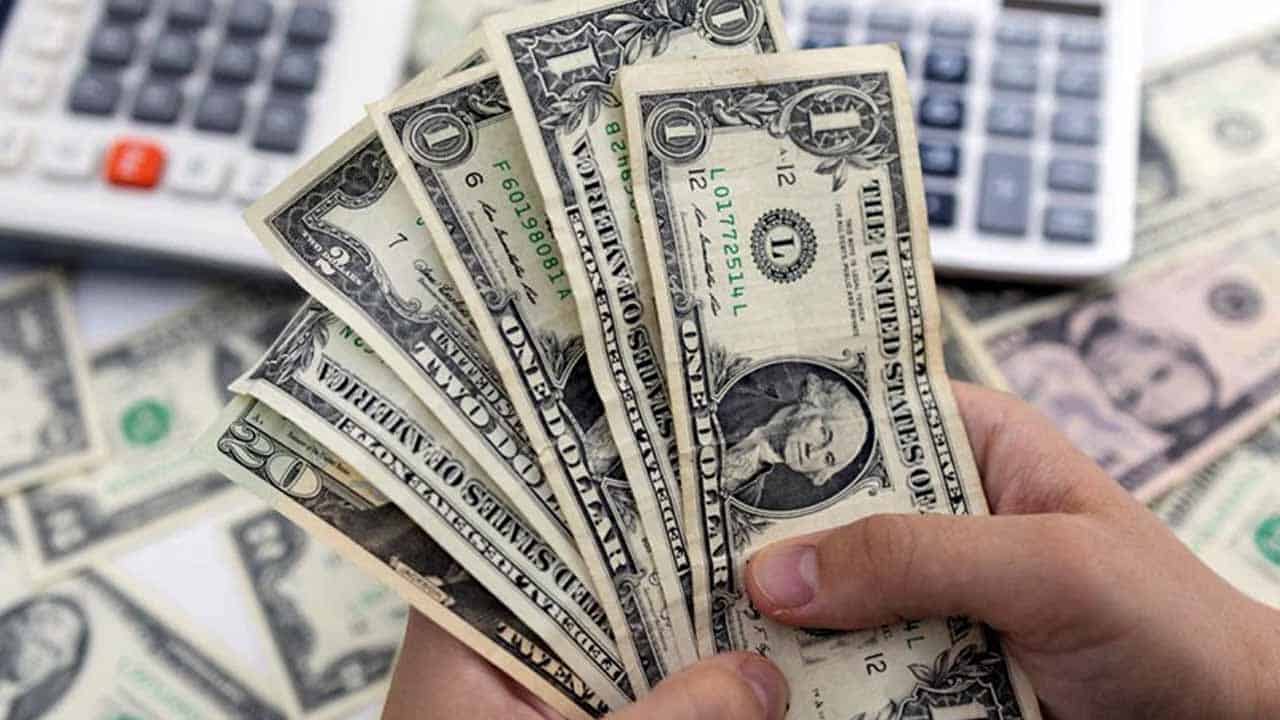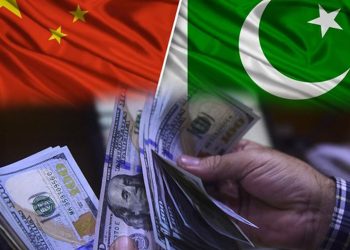Tuesday saw the removal by Pakistan’s currency traders of a self-imposed cap of Rs255 on open market exchange rates, opening the door for further depreciation of the national currency versus the US dollar.
High demand for external payments and decreasing foreign exchange reserves—which currently stand at $4.6 billion, not enough to cover three weeks’ worth of imports—have put pressure on the rupee.
To stop the loss of dollars, the government has been forced to limit purchases of commodities from overseas, including industrial raw materials. LCs are no longer being issued by commercial banks, which has left importers scrambling to secure the funds for orders that are already in the works.
Due to the circumstance, there is now an underground market for US dollars where the money can occasionally be traded for as much as Rs270. On Tuesday, a Pakistani trader claimed that eliminating the exchange rate ceiling would put an end to the black market and stabilize the local currency.
After a meeting to discuss the matter, Zafar Sultan Paracha, general secretary of the Exchange Companies Association of Pakistan (ECAP), stated that the decision to remove the cap would almost completely eliminate the artificial demand for US dollars. People had been purchasing them on the open market at relatively low rates and selling them on the black market at much higher prices.
He said that the true exchange rate, at which they were already selling the money to regional banks, was Rs255 to the US dollar.
Indicating a depreciation of over 6%, Paracha stated, “When the market opens tomorrow [Wednesday], the currency rate will either be Rs254 for purchasing and Rs257 for selling against the dollar or Rs255 for buying and Rs258 for selling.”
On Tuesday, the open market price of the rupee versus the US dollar was Rs228.50 for buying and Rs240.75 for selling. In the interbank market, the exchange rate of the currency to the dollar was Rs230.40.
The ECAP official expressed hope that lifting the cap would end the illegal sale of US dollars and that it would also assist the IMF to fulfill one of their requests.
He continued, “The action is in accordance with the IMF demand, which also calls for the lifting of artificial restrictions on the US dollar.
Another representative of currency traders admitted that the decision to keep the exchange rate cap in place had not produced the expected outcomes.
Malik Bostan, president of the Forex Association of Pakistan, stated in a statement, “We had decided to cap the exchange rate for the benefit of the nation. “We had anticipated that it would boost the national currency, but it showed that we made the incorrect choice,”
Boston stated that the choice was taken after speaking privately with central bank officials. He hoped that the market mechanism would succeed and that the interbank rate would also change.
In an effort to share the cost, local currency dealers have also promised to help the government facilitate LCs of up to $50,000.






